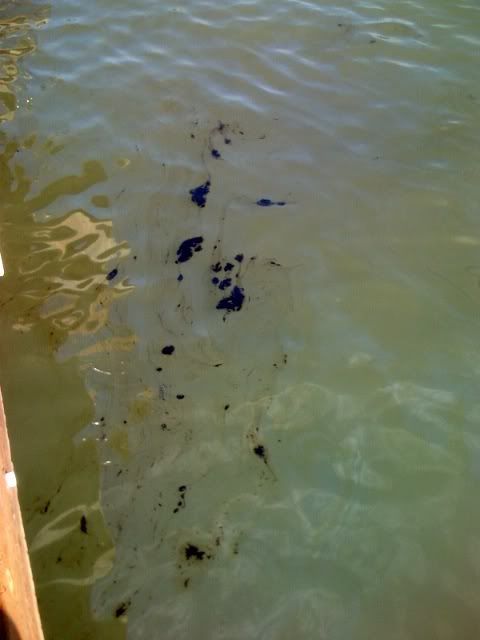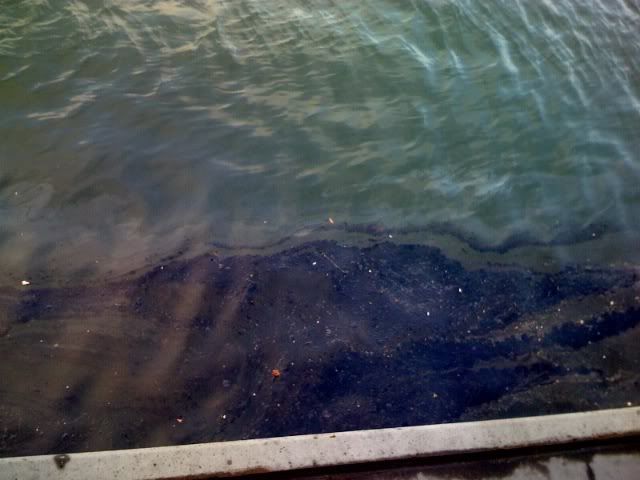So-called Pres. George W. Bush initiated a war of aggression and limitless occupation against the sovereign nation of Iraq in order to exact revenge on Sadaam Hussein over Hussein’s assassination attempt on former Pres. George H.W. Bush and to secure Iraqi oil for Bush’s Texas oil cronies. Sen. John McCain and Rep. Mary Bono Baxely Mack, absentee Congresswoman, have supported every Bush war policy without reservation. In fact, McCain is prepared for the U.S. to continue the occupation of Iraq ‘for 100 years.’
The U.S. Army recently released a study on the impact of the Bush war of aggression on the mental health of U.S. troops (The Associated Press, by Pauline Jelinek, dated March 7, 2008). The findings of the report are devastating to the Bush occupation efforts and reveal the harmful impact on a significant percentage of U.S. troops.
More below the flip…
More than 27% of U.S. troops on their third or fourth combat tour suffered anxiety, depression, post-combat stress and other problems. More than 12% of U.S. troops on their first tour suffered similar mental health problems
Suicide rates “remained elevated” in both Iraq and in Afghanistan. Four suicides occurred last year in Afghanistan and 34 either confirmed or suspected suicides in Iraq. If all suicides are confirmed, this would be the highest suicide rate since the Bush war of aggression began
The percentage of soldiers reporting depression in Afghanistan was higher than that in Iraq, and mental health problems in general were higher than they had previously been in Afghanistan. The adjusted rate in 2007 for depression in Afghanistan was 11.4% compared with 7.6% in Iraq
83% of U.S. troops in Afghanistan reported exposure to traumatic combat events, a key risk factor for poor mental health among the troops
Spreading U.S. troops out in Afghanistan tended to isolate troops and made it more difficult for them to obtain mental health services in Afghanistan
About 29% of U.S. troops in combat outposts in Iraq reported that it was difficult to obtain mental health services in Iraq. About 13% of U.S. troops not at outposts reported similar difficulty
U.S. troops receiving “Battlemind” training reported fewer mental health problems than those who did not. The training teaches U.S. troops and families what to expect before troops depart for the Bush occupation of Iraq and what common problems to look out for when troops readjust to Stateside life following deployment
29% of U.S. troops feared seeking mental health services would harm their careers, down from 34% in 2006. Fears of seeking mental health services would prevent many from getting help for anxiety, depression, and post-combat stress and would exacerbate the symptoms
89% of U.S. troops reported that their unit’s morale was neither high nor very high, down from 93% in 2006. 79.4% reported neither high nor very high individual morale, down from 81.7% in 2006.
In Iraq, 72% of soldiers reported knowing someone seriously injured or killed
U.S. troops reported an average of only 5.6 hours of sleep nightly in Iraq, significantly less than that needed to maintain optimal level of performance. This puts U.S. troops at greater risk for harm. Officers appear to significantly underestimate the impact of sleep deprivation.
Almost 33% of U.S. troops in Afghanistan were highly concerned that they were not getting sufficient sleep, and about 25% reported falling asleep during convoys last year thereby increasing their risk for harm. 16% of U.S. troops reported taking psychiatric medications during 2007 (there was no figure for the percentage of troops who were prescribed psychiatric medications and who were not taking them), and about half of those were sleep medications


 So after hearing
So after hearing 













